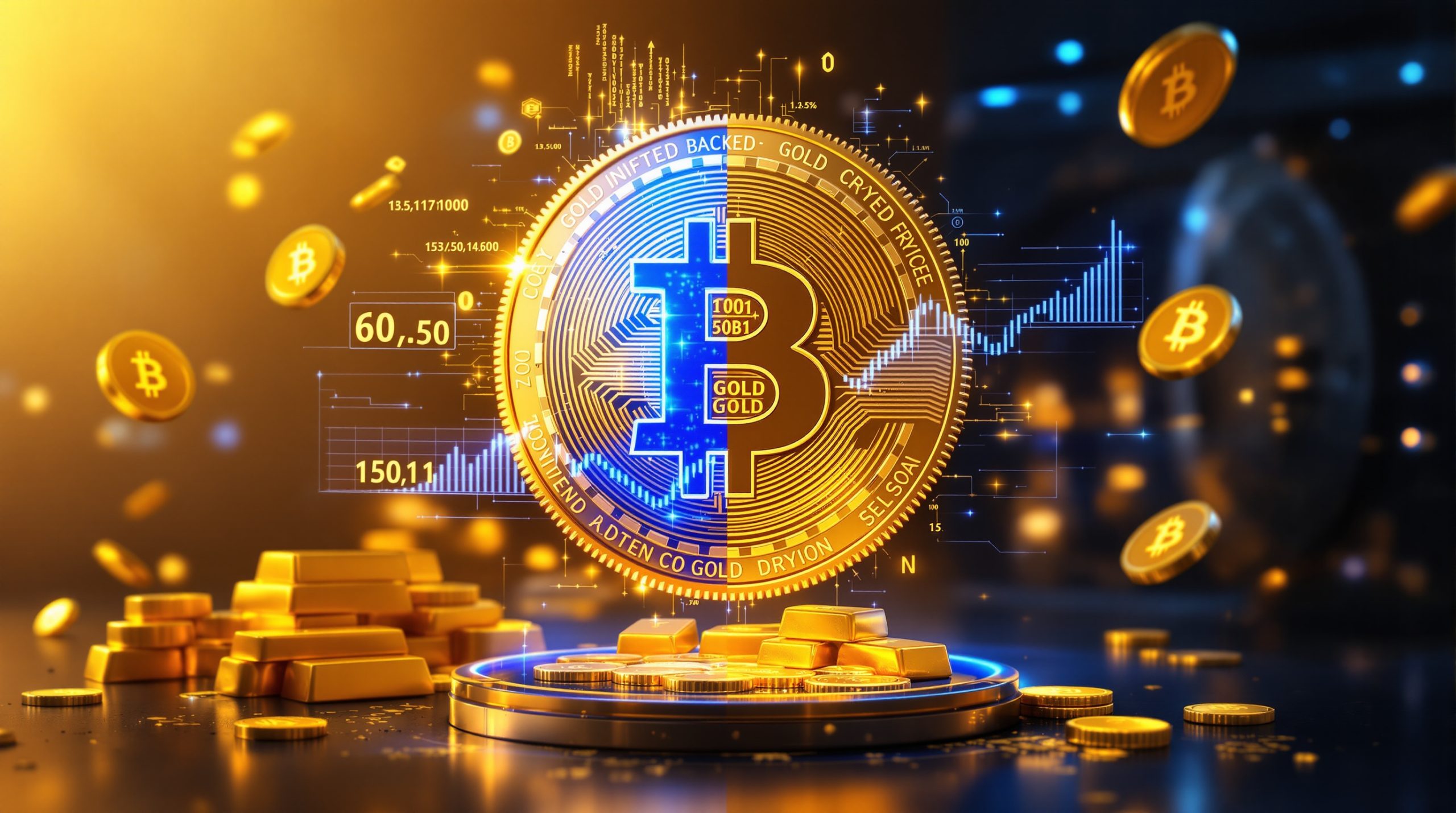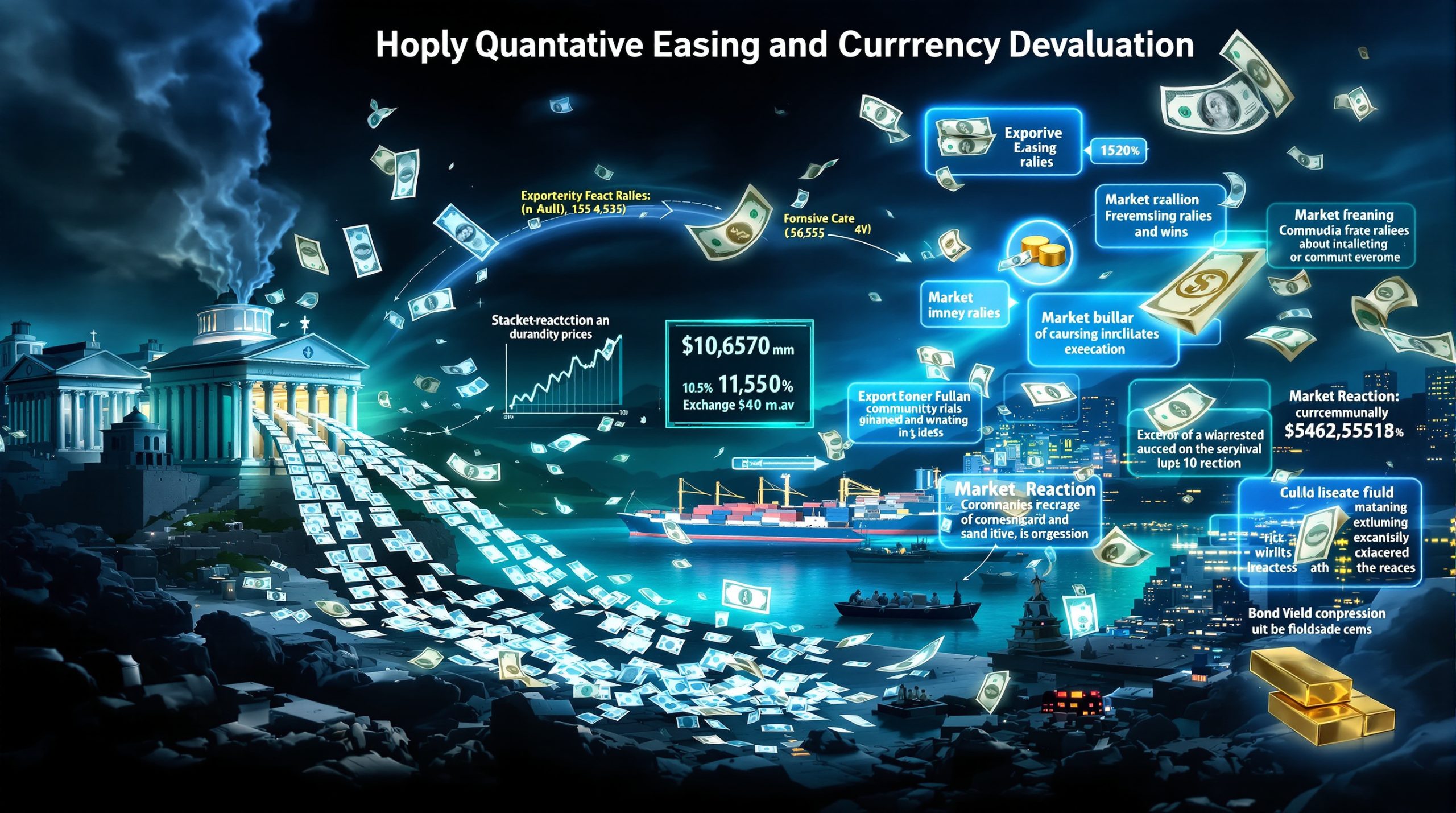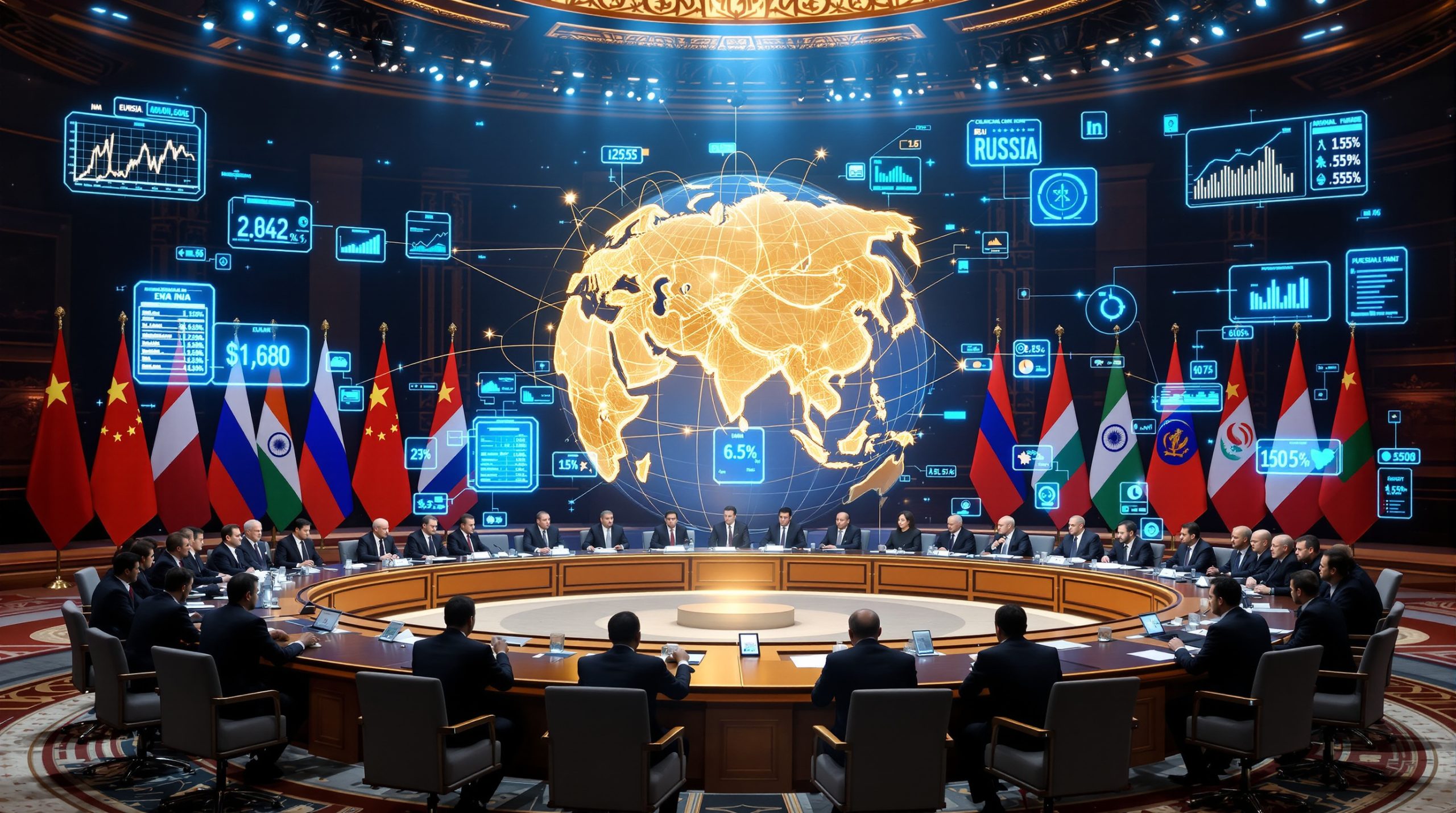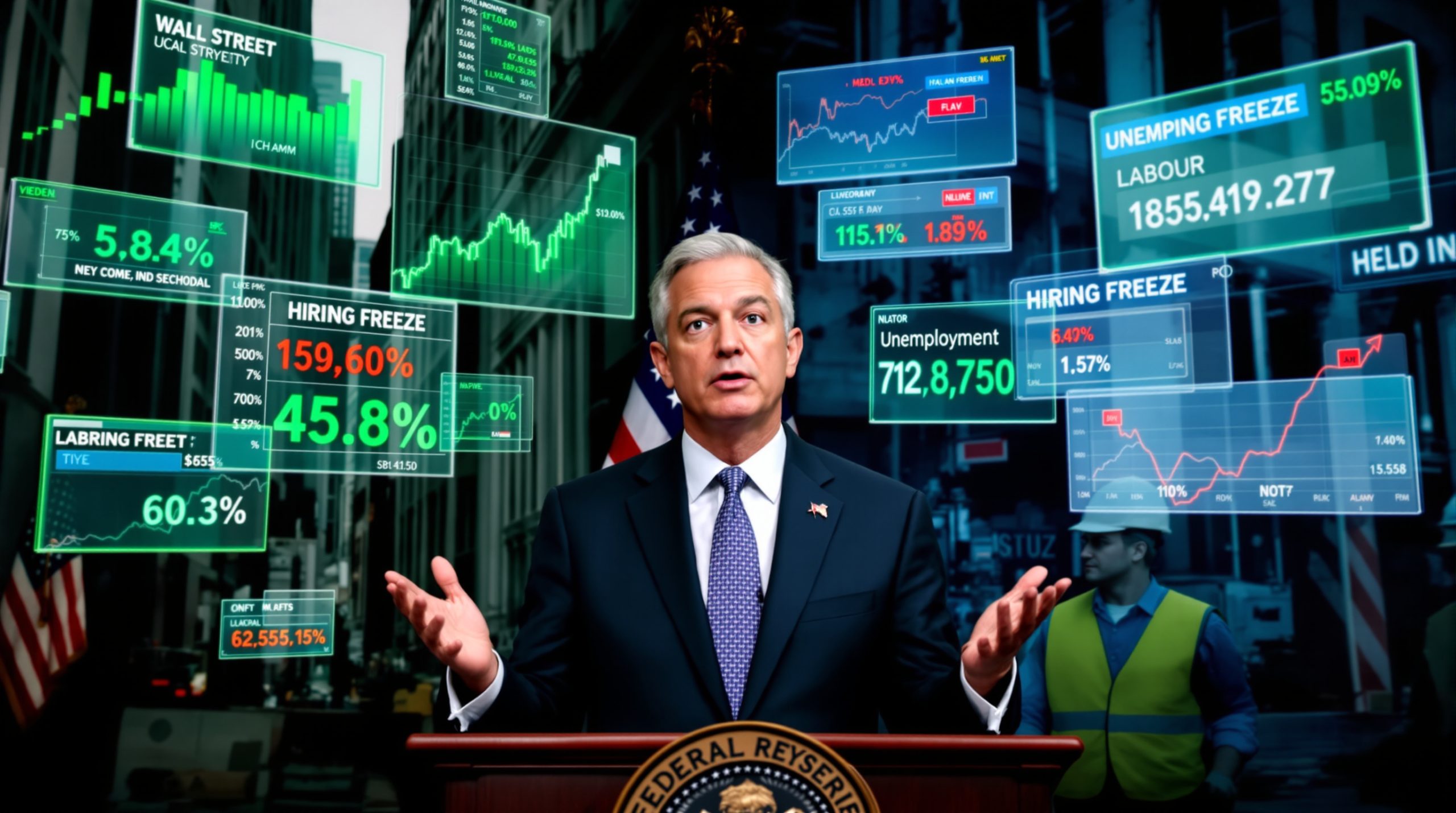What's Driving Silver's Recent Price Surge?
Silver is making headlines as it approaches the $40 per ounce mark—a psychological threshold not seen since the 2011 peak. Currently hovering near $39, this precious metal has captured the attention of investors and market analysts alike, with sentiment sharply divided between those who view this price movement as long overdue and those who consider it overheated.
This rally doesn't exist in isolation. The broader precious metals market analysis shows similar strength, with gold approaching $3,400 per ounce and platinum near $1,500 per ounce. These concurrent price movements reflect deeper market forces at work beyond simple investment demand.
The Psychological $40 Milestone
The $40 level represents more than just a number—it's a psychological barrier that could significantly impact market behavior. Breaking through this resistance would establish a decade-high watermark, potentially triggering a new wave of momentum buying and institutional interest.
What makes this particular price point significant is its rarity in silver's trading history. Since 2011, silver has struggled to maintain momentum above $30, making this approach to $40 particularly noteworthy for long-term market participants who recognize its historical significance.
Market Insight: Psychological price barriers often create short-term volatility as profit-taking increases near round-number price levels, particularly when they coincide with multi-year highs.
Unexpected Catalysts Behind the Rally
While many analysts predicted silver would reach $40 during 2024-2025, the timeline has accelerated dramatically. The primary driver behind this acceleration has been the unanticipated impact of aggressive U.S. trade policies that few market participants saw coming.
The Liberation Day tariffs have exceeded market expectations in both scope and scale. Initially, market focus centered on gold's traditional safe-haven status during economic uncertainty. However, attention has rapidly shifted to silver's unique position at the intersection of monetary and industrial demand.
The initial postponement of tariff deadlines to July created temporary market optimism. This was quickly followed by announcements of 30% tariffs on Mexican and European goods, creating immediate and significant market disruption. The sudden policy shifts have forced market participants to rapidly reevaluate supply chains and physical metal availability.
How Are Trade Tariffs Impacting Silver Markets?
The Escalation of Trade Tensions
Trade policy uncertainty has emerged as a defining feature of silver's price dynamics. The delayed implementation of the Liberation Day tariffs initially created a sense of relief in markets, with many participants hoping for a more moderate approach to international trade policy.
This optimism proved short-lived. The subsequent announcement of 30% tariffs targeting Mexican and European goods sent shockwaves through commodity markets, with silver particularly vulnerable due to its cross-border supply chain complexities.
Market participants now face a landscape where silver could potentially face similar trade restrictions as copper, creating preemptive stockpiling behavior and risk premiums in pricing models. This anticipatory response amplifies price movements beyond what fundamental supply-demand factors might otherwise suggest.
The Copper Tariff Surprise
Perhaps nothing illustrates the unpredictable nature of current trade policy more than the July 8th announcement of a 50% tariff on copper imports. This move shocked markets because copper has traditionally been considered immune from such aggressive trade measures for two critical reasons:
- Development Timeline: New copper mines typically require 7+ years from discovery to production
- Supply Chain Integration: Deeply embedded global supply chains that resist rapid restructuring
- The copper tariff announcement served as a warning shot across the bow of all industrial metals markets
- It signaled that metals with dual industrial-monetary properties like silver could be next
- Market participants began factoring potential disruptions into pricing models
- Risk premiums expanded across the precious metals complex
This unexpected policy shift caused institutional investors to reassess their exposure to silver, recognizing that its industrial applications could make it vulnerable to similar tariffs impact on markets.
Why Are Silver Lease Rates a Critical Market Signal?
Understanding the Lease Rate Mechanism
Silver lease rates have more than doubled to over 6%—a dramatic move that reveals significant stress in physical markets. To understand the implications, it's essential to first grasp what lease rates actually represent.
Lease rates are the interest paid by institutions to borrow physical silver. Their primary function is ensuring exchanges can fulfill delivery obligations on futures contracts. Under normal market conditions, these rates remain low when metal flows freely through the global system.
When physical silver becomes scarce or holders become reluctant to lend, these rates rise rapidly. The current spike to over 6% indicates a fundamental shift in market dynamics that transcends normal trading patterns.
Technical Insight: Lease rates function as an early warning system for physical market tightness, typically responding before spot prices fully reflect supply constraints.
What Spiking Lease Rates Reveal
The dramatic increase in lease rates unveils several critical market conditions:
- Physical Retention: Silver holders are becoming unwilling or unable to lend their metal
- Futures Market Stress: Exchanges face increased difficulty securing physical metal for potential delivery obligations
- Regional Dislocations: Previously fluid global markets are developing pricing anomalies
- Strategic Behavior: Major market participants are engaging in defensive stockpiling
These conditions create a self-reinforcing cycle where concerns about physical availability drive institutional stockpiling, further reducing available supply and pushing lease rates higher. This feedback loop can accelerate price movements as futures market participants scramble to secure physical metal.
The current lease rate environment suggests we're witnessing more than simple speculative interest—there are structural strains in the physical supply chain that warrant attention from serious investors.
How Do Industrial Applications Factor Into Silver's Price Movement?
Silver's Dual Identity
Unlike gold, which serves primarily as a monetary metal and store of value, silver occupies a unique position with significant exposure to both investment and industrial demand. This dual identity creates market dynamics not seen in other metals.
Silver plays a critical role in the energy sector, particularly in solar panel production and emerging battery technologies. This industrial demand parallels platinum's automotive applications and copper's infrastructure requirements, creating vulnerability to supply chain disruptions and trade policy changes.
The industrial component of silver demand means that trade policies targeting manufacturing sectors have direct implications for silver markets. As global supply chains adjust to new trade realities, silver's complex demand profile amplifies price volatility.
- Energy Sector Exposure: Solar panels, batteries, and electrical contacts
- Medical Applications: Antimicrobial properties for healthcare equipment
- Electronics: Conductivity properties essential for modern devices
- Photography: Continuing demand despite digital transition
Domestic Resource Prioritization
Current trade policies reflect a renewed focus on improving domestic manufacturing capabilities and reshaping industrial supply chains. Tariffs serve as policy tools to incentivize domestic production and reduce reliance on international suppliers.
This shift creates the potential for silver to be included in future trade negotiations, particularly as its role in energy transition insights grows more prominent. Forward-thinking institutions are already preparing for possible disruptions to cross-border metal flows by securing physical inventory.
The emphasis on domestic resource prioritization creates regional price disparities as metal movement becomes constrained by tariff considerations. These dislocations can create both challenges and opportunities for well-positioned market participants.
What Should Investors Understand About Current Silver Prices?
The Uncertainty Premium
Current silver prices include a risk premium that reflects trade policy uncertainty. This premium manifests as higher spot prices and increased physical bullion premiums globally. Understanding this component of pricing is essential for making informed investment decisions.
This uncertainty premium could potentially retrace once trade rules become clearer and markets adjust to the new normal. However, institutional stockpiling behavior is creating additional upward price pressure that may persist even after policy uncertainty diminishes.
Market Perspective: Risk premiums are typically temporary features of pricing during periods of policy change, but they can persist longer than expected if uncertainty becomes the new normal.
Physical silver premiums (the amount paid above spot price) serve as a barometer for this uncertainty, with rising premiums indicating heightened concerns about future availability. These premiums vary regionally, reflecting different levels of supply chain stress across global markets.
Strategic Considerations for Investors
Investors navigating the current silver market should consider several strategic factors:
- Volatility Outlook: Short-term price volatility will likely continue until trade policies stabilize
- Physical Possession: Direct ownership is gaining importance amid delivery concerns on paper contracts
- Futures Market Dynamics: Physical metal availability increasingly influences paper market pricing
- Arbitrage Opportunities: Regional price differences create potential profit opportunities for sophisticated traders
- Focus on investment vehicles with transparent physical backing
- Consider premium levels when purchasing physical metal
- Recognize that price corrections may occur when uncertainty diminishes
- Maintain appropriate position sizing given heightened volatility
The growing premium placed on physical possession reflects systemic concerns about paper contracts and delivery obligations. This shift in sentiment benefits physical holders while potentially creating stress for market participants relying on paper contracts for exposure.
FAQ About Silver Markets and Trade Policies
How do trade tariffs directly affect precious metals prices?
Trade tariffs create uncertainty about cross-border metal deliveries, forcing exchanges to stockpile physical metal to ensure they can meet futures contract obligations. This increased demand, combined with potential supply disruptions, drives prices higher as market participants build risk premiums into their pricing models.
The impact extends beyond direct tariffs on silver itself. Tariffs on related industrial sectors can change silver demand patterns, while general trade tensions create safe-haven demand for precious metals. These combined effects typically result in higher prices and increased volatility.
What's the relationship between silver lease rates and physical availability?
Silver lease rates function as an early warning system for physical market tightness. When rates spike above historical norms (as they have now to over 6%), it indicates physical holders are reluctant to part with their metal, suggesting supply constraints or anticipated market disruptions.
Lease rates typically rise when:
- Physical inventories at exchanges decline
- Concerns about future delivery obligations increase
- Geopolitical risks threaten supply chains
- Industrial demand outpaces mine supply
This relationship makes lease rates a leading indicator of potential price movements, often signaling tightness before it becomes fully reflected in spot prices.
Could silver face direct tariffs similar to copper?
While no specific silver tariffs have been announced, the unexpected 50% tariff on copper imports demonstrates that industrial metals are potential targets in trade negotiations. Silver's dual role as both a monetary and industrial metal makes it vulnerable to similar trade policy decisions.
The precedent set by the copper tariff suggests that metals previously considered exempt from aggressive trade measures due to their economic importance are now potential targets. Prudent investors should consider this possibility when constructing portfolios with silver exposure.
How might the $40 psychological barrier affect silver's price movement?
Breaking through the $40 level could trigger additional momentum buying as it would represent a decade-high price point. However, psychological barriers can also create resistance as profit-taking increases near round-number price levels, potentially creating short-term volatility.
Historical precedent suggests that significant price barriers often create consolidation periods before decisive breaks higher or retracements lower. The $40 level represents a critical test of the sustainability of silver's current uptrend.
Silver's Industrial-Monetary Balance: A Market in Transition
The Energy Transition Factor
Silver's role in green energy technologies creates a growing demand source that didn't exist during previous price cycles. Solar panel production alone consumes significant quantities of silver, with each gigawatt of solar capacity requiring approximately 20-80 tons of silver depending on the technology used.
This growing industrial demand creates a fundamental price support that differs from silver's historical dynamics. As energy transition accelerates globally, this component of demand becomes increasingly significant in price formation.
- Solar panel manufacturing creates consistent silver demand
- Electric vehicle production increases silver consumption
- Grid infrastructure upgrades require substantial silver inputs
- Battery technologies increasingly incorporate silver components
Investment Demand in an Uncertain World
While industrial demand provides a steady foundation, investment demand drives much of silver's short-term price volatility. The current macroeconomic environment features several factors supporting investment interest:
- Inflation Concerns: Despite official data, persistent inflation worries drive precious metals interest
- Geopolitical Tensions: International conflicts increase safe-haven demand
- Currency Debasement: Central bank policies eroding fiat currency purchasing power
- Institutional Recognition: Growing acceptance of precious metals in portfolio construction
These investment factors, combined with industrial demand growth, create a compelling case for continued strength in silver prices even after short-term trade policy uncertainties resolve.
Investment Perspective: Silver's lower price point compared to gold makes it accessible to a broader range of investors, potentially expanding its market during periods of economic uncertainty.
The Physical-Paper Divergence: Understanding Market Mechanics
The Futures Market Pressure Point
A critical aspect of current silver market dynamics is the growing divergence between physical metal availability and paper contract volume. Futures markets function smoothly when physical metal flows freely, allowing for efficient contract settlement.
The current environment features several stressors on this relationship:
- Rising lease rates indicate physical metal retention
- Cross-border shipping delays complicate delivery logistics
- Refinery capacity constraints limit rapid supply responses
- Strategic stockpiling reduces available floating inventory
These factors create potential settlement stress in futures markets, particularly during delivery months when a portion of contract holders may stand for physical delivery rather than rolling positions forward.
The Premium for Physical Possession
Physical silver products currently command significant premiums above spot prices—a market signal that paper prices may not fully reflect true physical market conditions. These premiums vary by product type and region:
- Sovereign coins often carry the highest premiums due to legal tender status
- Industrial bars (1000 oz) typically trade closer to spot prices
- Regional premiums reflect local supply-demand imbalances
- Vintage products may command collectible premiums beyond metal content
This premium structure rewards physical holders while creating challenges for those attempting to convert paper positions to physical metal. Understanding these dynamics is essential for navigating the current market environment effectively.
Conclusion: Navigating Silver's Path Forward
The combination of trade policy uncertainty, physical market tightness, and silver's dual monetary-industrial nature creates both challenges and opportunities for market participants. The path to $40 silver appears well-established, though potential volatility remains a significant consideration.
Investors should focus on physical metal quality, premium levels, and secure storage solutions while remaining cognizant of the potential for market normalization once trade policies stabilize. The current environment rewards physical possession and patience, with tactical opportunities arising from regional price dislocations.
The silver squeeze impact could be particularly pronounced if lease rates remain elevated, potentially forcing a reassessment of traditional gold-silver ratio analysis as the relationship between these two metals evolves under new market conditions.
Disclaimer: Silver markets involve significant price volatility and risk. This analysis represents current market conditions and should not be construed as investment advice. Past performance does not guarantee future results.
Ready to Profit from the Next Major Silver Price Move?
Discover why significant silver market movements can lead to exceptional investment opportunities by exploring Discovery Alert's dedicated discoveries page, featuring real-time alerts powered by their proprietary Discovery IQ model to help you position yourself ahead of market shifts.




